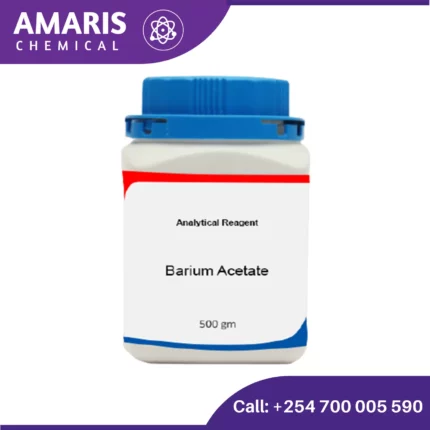
Barium Acetate 500gm
KSh2,500.00 Original price was: KSh2,500.00.KSh2,300.00Current price is: KSh2,300.00.
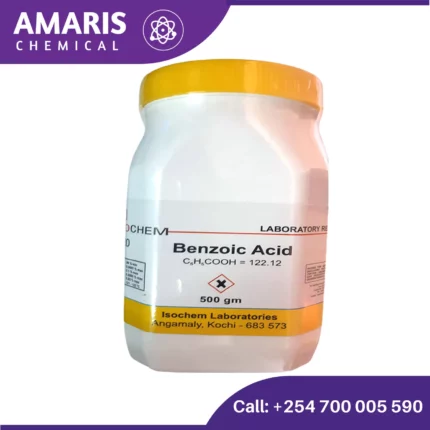
Benzoic Acid 500gm
KSh2,500.00 Original price was: KSh2,500.00.KSh2,300.00Current price is: KSh2,300.00.
Barium Hydroxide 8 hydrate
KSh1,085.00 Original price was: KSh1,085.00.KSh900.00Current price is: KSh900.00.
Barium hydroxide, with the chemical formula Ba(OH)2text{Ba(OH)}_2Ba(OH)2, is an inorganic compound that is used in various applications. Here’s a detailed overview:
Properties
- Appearance: White crystalline solid.
- Solubility: Moderately soluble in water, forming a strongly alkaline solution.
- Molecular Weight: 171.34 g/mol.
- Density: Approximately 2.18 g/cm³.
- Melting Point: 78 °C (anhydrous form); decomposes in water to form barium oxide and water.
Chemical Behavior
- Basicity: Barium hydroxide is a strong base and dissociates completely in water to form barium ions (Ba2+text{Ba}^{2+}Ba2+) and hydroxide ions (OH−text{OH}^-OH−).
- Reaction with Acids: Reacts with acids to form barium salts and water. For example: Ba(OH)2+2HCl→BaCl2+2H2Otext{Ba(OH)}_2 + 2text{HCl} rightarrow text{BaCl}_2 + 2text{H}_2text{O}Ba(OH)2+2HCl→BaCl2+2H2O
- Hydrate Forms: Often found as the octahydrate (Ba(OH)2⋅8H2Otext{Ba(OH)}_2 cdot 8text{H}_2text{O}Ba(OH)2⋅8H2O).
SKU:
ACS44829CHEM0
Category: Analytical Reagents
Description
Uses of Barium Hydroxide
1. Titration
- Acid-Base Titrations: Barium hydroxide is often used as a titrant in acid-base titrations. It serves as a strong base to titrate weak or strong acids. Its high solubility and complete dissociation in water make it ideal for this purpose.
2. Chemical Synthesis
- Preparation of Barium Salts: Barium hydroxide is used to synthesize various barium salts by reacting with corresponding acids. For instance, reacting barium hydroxide with sulfuric acid yields barium sulfate, a key compound in qualitative inorganic analysis: Ba(OH)2+H2SO4→BaSO4↓+2H2Otext{Ba(OH)}_2 + text{H}_2text{SO}_4 rightarrow text{BaSO}_4 downarrow + 2text{H}_2text{O}Ba(OH)2+H2SO4→BaSO4↓+2H2O
3. Qualitative Inorganic Analysis
- Testing for Sulfate Ions: In qualitative analysis, barium hydroxide is used to test for the presence of sulfate ions (SO42−text{SO}_4^{2-}SO42−) in a solution. When barium hydroxide is added to a solution containing sulfate ions, a white precipitate of barium sulfate forms: Ba2++SO42−→BaSO4↓text{Ba}^{2+} + text{SO}_4^{2-} rightarrow text{BaSO}_4 downarrowBa2++SO42−→BaSO4↓
4. Precipitation Reactions
- Removal of Sulfates and Carbonates: In analytical procedures, barium hydroxide can be used to precipitate sulfate and carbonate ions from solutions, aiding in their removal or quantitative analysis.
5. pH Adjustment
- Buffer Solutions: Barium hydroxide is used to adjust the pH of buffer solutions. Its strong basicity helps in maintaining the desired pH levels in various experimental setups.
6. Dehydrating Agent
- Removal of Moisture: In some laboratory processes, barium hydroxide is used to remove moisture from organic solvents and other materials due to its hygroscopic nature.
7. Chemical Reactions and Catalysis
- Reagent in Organic Synthesis: It can be used as a base in organic synthesis reactions, such as the formation of enolates, aldol reactions, and other base-catalyzed reactions.
- Catalyst: Barium hydroxide can act as a catalyst in certain chemical reactions, promoting faster reaction rates and better yields.
Reviews (0)
Be the first to review “Barium Hydroxide 8 hydrate” Cancel reply
Shipping & Delivery
You may also like…
Anhydrous Barium Chloride 500gm
Barium Acetate 500gm
Barium Chromate 250 gm
Barium Nitrate 500gm
Related products
Acetaldehyde
Acetaldehyde is a simple organic compound with the chemical formula CH3CHO. It is a colorless liquid with a pungent, fruity odor. Here are some key points about acetaldehyde:
- Chemical Structure: Acetaldehyde consists of two carbon atoms, one oxygen atom, and four hydrogen atoms. Its structure is CH3CHO, where the carbon atom in the middle is doubly bonded to an oxygen atom and singly bonded to a hydrogen atom and a methyl group (CH3).
- Occurrence: Acetaldehyde can be found naturally in various ripe fruits, coffee, and heated milk. It is also produced by the oxidation of ethanol (alcohol) by enzymes in the liver and other tissues in humans, making it an intermediate product in alcohol metabolism.
Acetic Acid 2.5litre
Acetic acid is an organic acid with the chemical formula CH3COOH, also known as ethanoic acid. It is a colorless liquid with a pungent, sour taste and a distinctive vinegar-like odor. Acetic acid is an important industrial chemical used in the production of various products, including solvents, plastics, textiles, and food additives. It is also the main component of vinegar, which is commonly used as a condiment and preservative in cooking and food preparation.
Aluminum Oxide 500 grams
Aluminum oxide, often referred to as alumina, is a chemical compound made up of aluminum and oxygen atoms (Al2O3). It occurs naturally in various minerals, including corundum and bauxite. It is one of the most widely used compounds, valued for its hardness, strength, and resistance to abrasion and corrosion.
Ammonium Chloride 500gm
Ammonium chloride is an inorganic compound with the chemical formula NH4Cl. It is a white crystalline salt that is highly soluble in water and has a salty taste. Ammonium chloride is often used in various industrial and laboratory applications, including as a flux in soldering, as a nitrogen source in fertilizers, and as a component in dry cell batteries. It can also be used in medicine as an expectorant to help thin and loosen mucus in the respiratory system
Ammonium Nitrate 500gm
Potassium iodide
Active Pharmaceuticals Ingredients, Analytical Reagents, Nutrient Supplements, Photographic Chemicals
Potassium Lactate
Sodium Thiosulphate 25kg
Sodium thiosulfate (Na2S2O3) is an inorganic compound that is commonly used as a photographic fixer, as well as in medical and industrial applications. It is a white crystalline powder that is soluble in water and has a mild odor. In photography, sodium thiosulfate is used to remove unexposed silver halide from photographic prints and negatives, making the image permanent. In medicine, it is used as an antidote for cyanide poisoning, and in industrial applications, it is used as a reducing agent, a dechlorinating agent, and in water treatment processes.

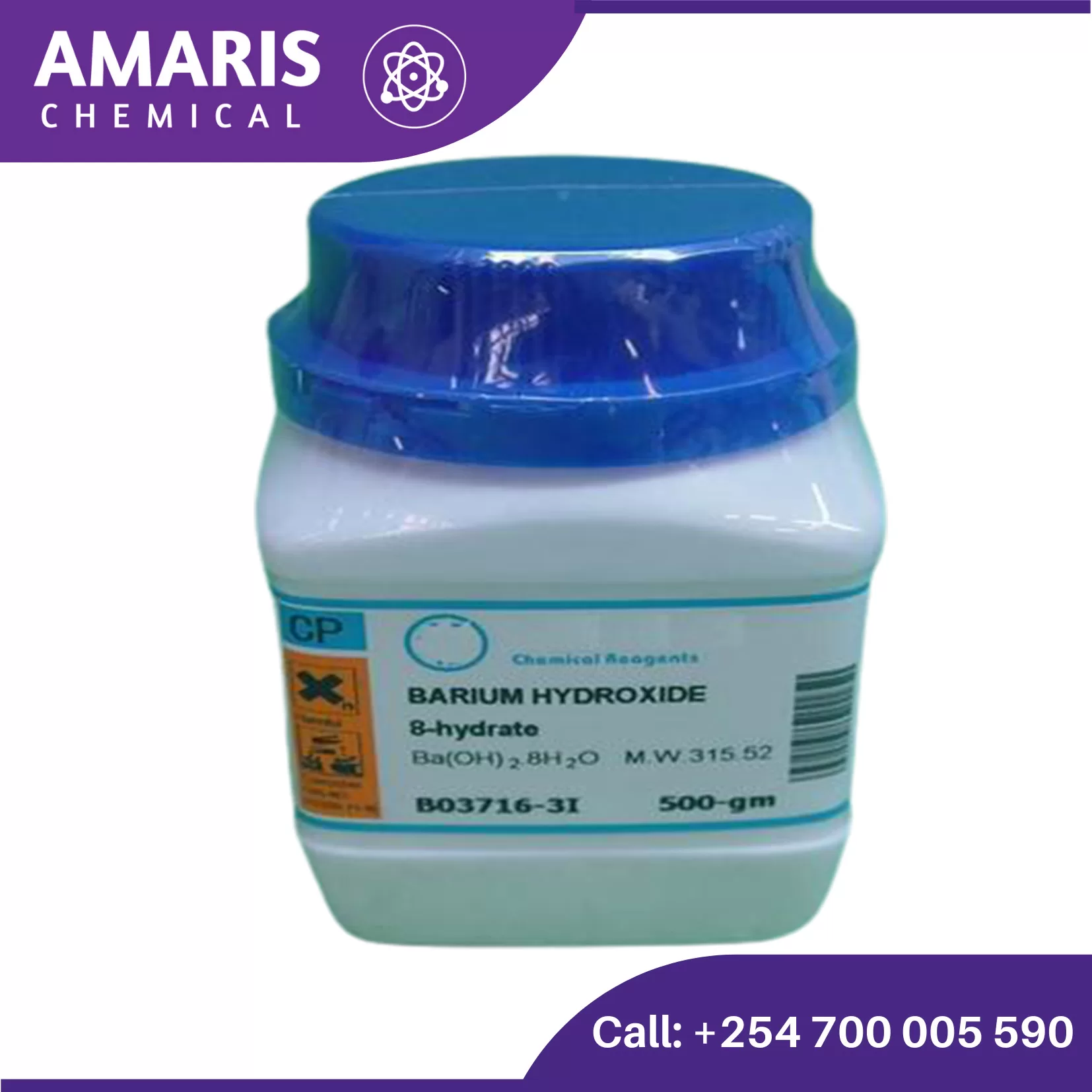
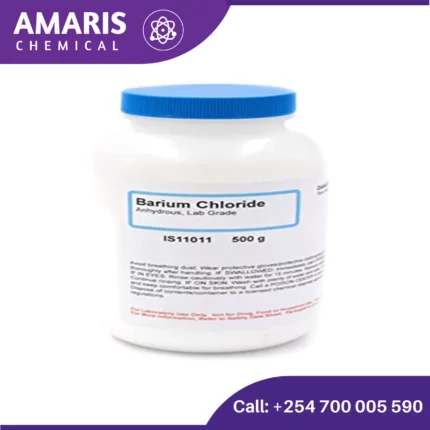
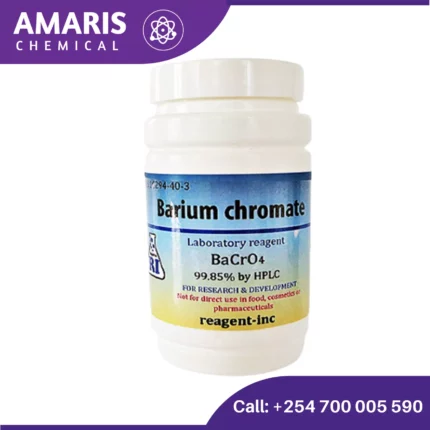
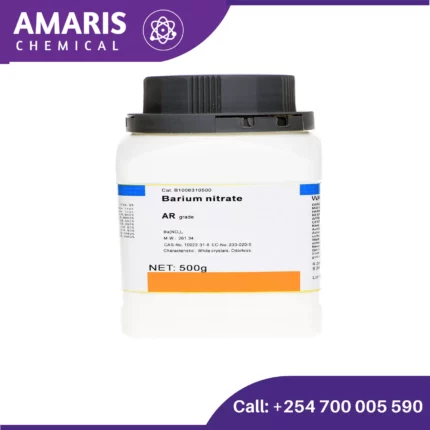
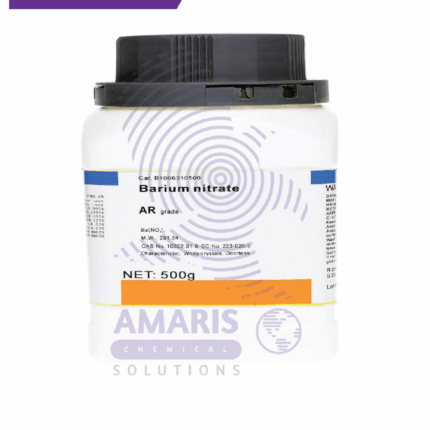
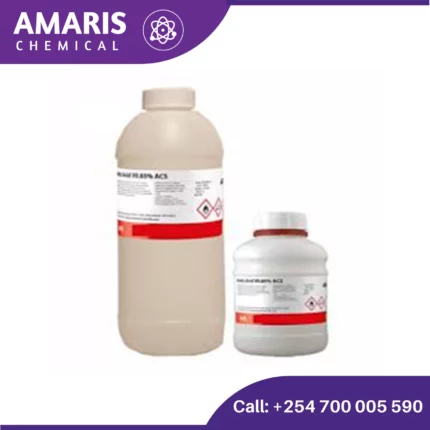
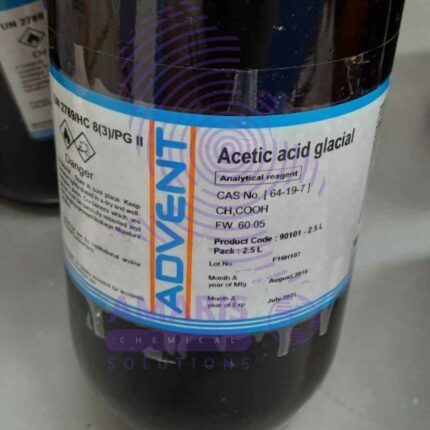
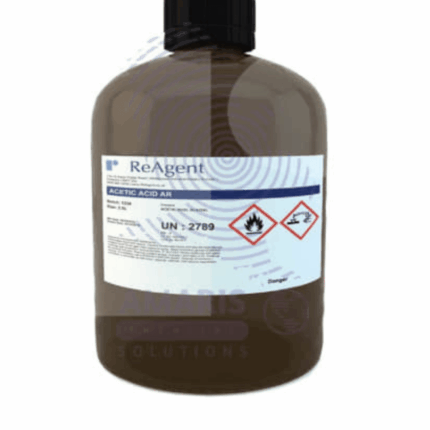
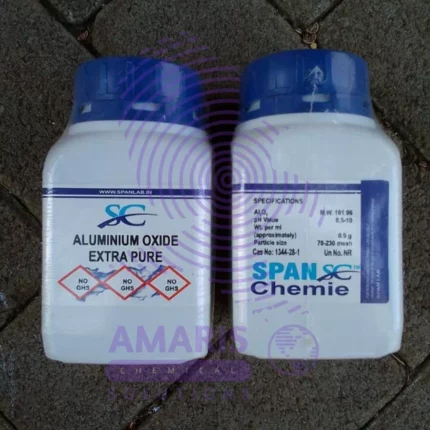
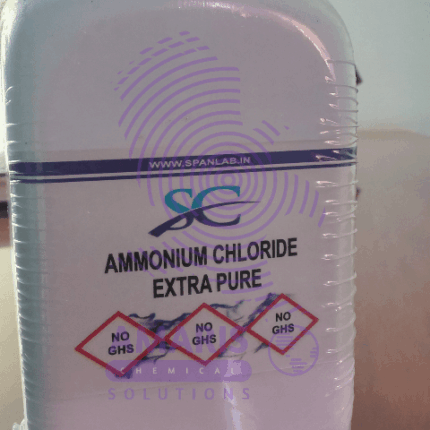
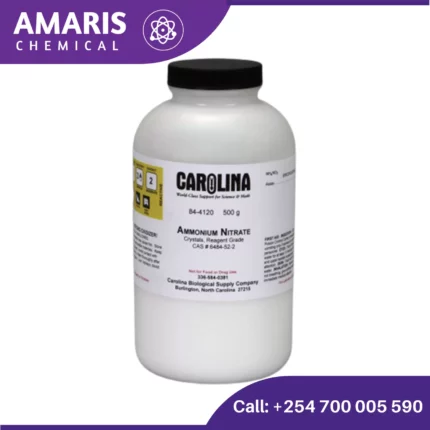
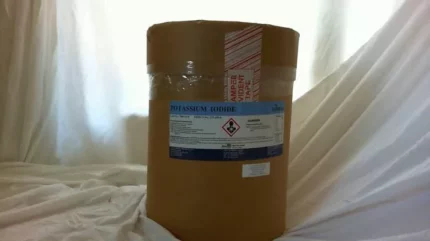
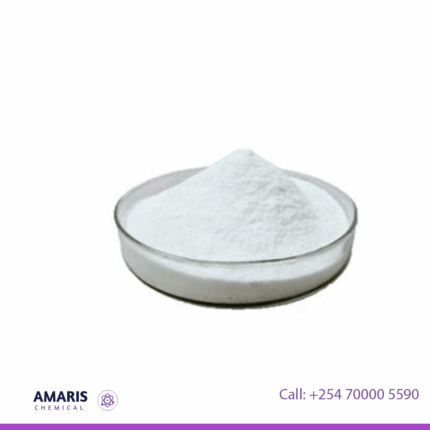

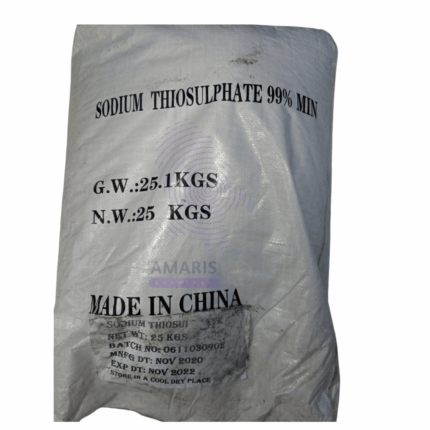







Reviews
There are no reviews yet.